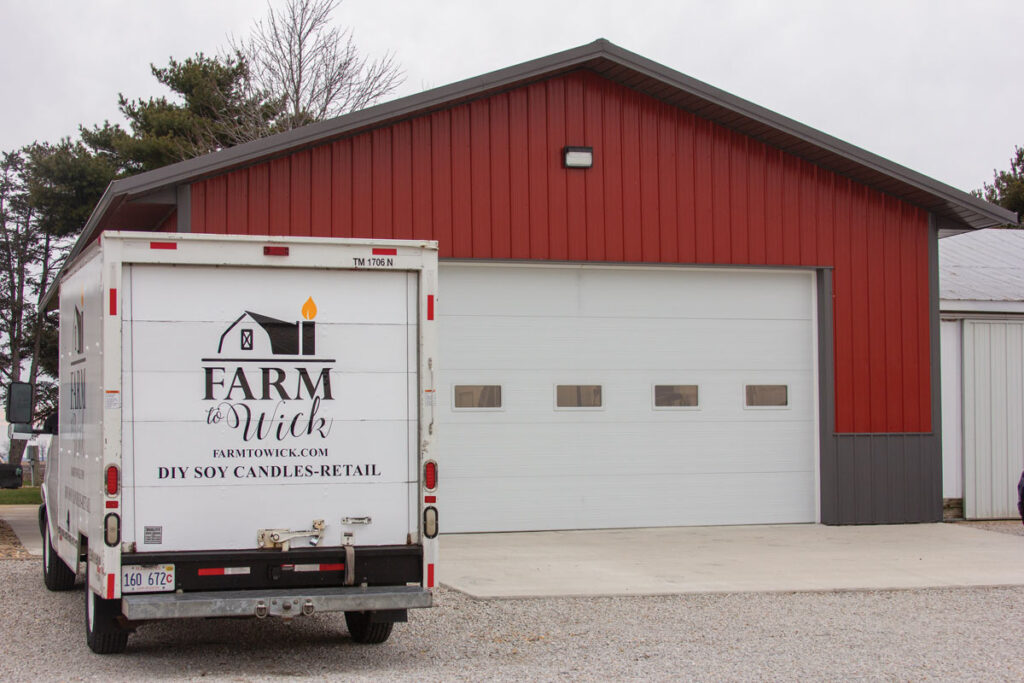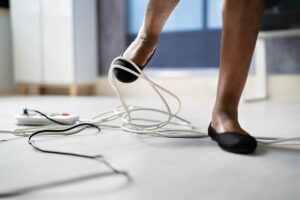For pet owners, playful dogs and curious cats become part of the family. Responsibility is an important part of pet ownership, and your pet’s safety depends on you. February is Responsible Pet Owners Month, and you can keep your furry friends safe by learning about potential electrical hazards in your home.
Pets are naturally curious and tend to turn unexpected household items into play or chew toys. One important aspect of pet-proofing your home is making sure your curious pets do not think electric cords or devices are chew toys.
If you have difficulty getting your pet to stop chewing on cords, reprimand them. They need to learn these are not toys. You can spray cords with a bitter-tasting deterrent or enclose the cord in a PVC tube or thick plastic sleeve. Wind up excess cords and hide them from view or place them out of the pet’s reach. This could be done by hiding them behind furniture or hanging them off the floor.
Occasionally check cords for bite marks and replace them accordingly. It may only take one bite with sharp teeth to create a shock or start a fire. Provide your pet with new and different chew toys to keep them entertained, so electrical cords do not become a dangerous replacement.
Make sure plugs are completely plugged into outlets. Partially exposed prongs are also a hazard for pets. Remember to unplug appliances and electronics not in use to cut electric current.
All outlets near sinks or bathtubs should be equipped with ground fault circuit interrupters (GFCIs), and that includes outlets near aquariums. GFCIs stop the flow of electricity instantly if there is a problem and can save lives. In addition, if you have an aquarium, make sure you create a drip loop on every electrical cord that enters the tank. This prevents water from running down the cord and into the outlet.
Colder winter temperatures may introduce unfamiliar electrical devices into the home, such as space heaters, heating pads and electric blankets. Look for potential hazards that may accompany such products and keep them away from pets.
Some may find a cozy spot near appliances or electronics to stay warm, but this is not safe. Discourage them from doing so, and never let your pet nap on a heating pad or electric blanket, as this presents a risk of electrical burn and can also result in overheating the appliance, which may start a fire.
In the case of a power outage, be sure to include pets in your emergency weather plans. Keep supplies in your emergency kit for pets in preparation for bad weather. Make sure it is stocked with at least three days’ worth of food, water and any medicine they may need.
After a storm, use caution if you or your pets must go outside. Be on the lookout for downed lines or other damaged electrical equipment. If you ever spot a downed line, stay far away and call 911 to have the electric utility notified.
If the power is out, do not leave unattended pets in rooms with lit candles. Instead, use flashlights. A pet can easily knock over candles and other heat-producing devices, which may result in a fire.
Always be sure to include your pet in your fire escape plans, and regularly check that smoke and carbon monoxide detectors are working properly. For more information about electrical safety, visit SafeElectricity.org.










